In 2025, the global steel utility pole market reached a valuation of USD 1.22 billion, with a projected growth rate of 6.6% through 2033, driven by the urgent need for modernized power grids and the rapid expansion of 5G networks. Steel utility poles are increasingly replacing wooden poles in urban and rural infrastructure projects due to their superior durability, environmental benefits, and adaptability to modern energy demands. Unlike wooden poles, which degrade over time and require frequent replacements, steel utility poles offer a lifespan of 60–80 years and are 100% recyclable, making them a sustainable choice for utilities and telecom providers. This article delves into the reasons behind this shift, exploring the tangible benefits of steel, the challenges involved, and the leading steel utility pole manufacturers shaping the industry. For utility providers, EPC contractors, or municipalities seeking reliable solutions, this guide highlights why steel is the future and how partnering with top suppliers like XH Tower can elevate your infrastructure projects. Visit XH Tower’s contact page to explore cutting-edge steel pole solutions tailored to your needs.
The transition from wooden to steel utility poles in 2025 is driven by a confluence of global infrastructure demands and technological advancements. The steel utility pole market is thriving, particularly in Asia-Pacific, which holds a 40% market share due to rapid urbanization in countries like China and India. The rise of 5G networks and renewable energy projects, such as solar and wind farms, further accelerates demand for steel poles, which can support high-voltage lines and telecom antennas with unmatched reliability. In North America, over 1 million steel poles have been installed since 1998, replacing aging wooden infrastructure prone to rot and pest damage.
A pivotal example of this shift is seen in California’s grid modernization efforts. In 2023, Pacific Gas and Electric (PG&E) replaced 10,000 wooden poles with steel utility poles across wildfire-prone regions, reducing maintenance costs by 25% and improving grid resilience against extreme weather. Steel’s ability to withstand fire, unlike wood, which is highly flammable, made it a critical choice for safety and longevity. This case underscores why utilities worldwide are prioritizing steel utility poles over wood, especially in areas facing environmental challenges or rapid urban growth.
Steel utility poles offer a compelling array of advantages that make them a superior choice over wood for modern infrastructure. One of the most significant benefits is their extended lifespan, which ranges from 60 to 80 years with proper maintenance, compared to wooden poles, which typically last 30 years before succumbing to rot or termite damage. This durability translates into substantial cost savings over time. For instance, a 2022 study by the American Iron and Steel Institute found that steel poles reduce lifecycle costs by 30–50% due to fewer replacements and lower maintenance needs, despite their higher initial cost.
Another key advantage is steel’s environmental sustainability. Unlike wooden poles, which require toxic chemical treatments like creosote to prevent decay, steel poles are 100% recyclable and eliminate the need for such harmful preservatives. A 2013 life cycle assessment (LCA) study by steel.org revealed that steel utility poles have a lower environmental impact, reducing greenhouse gas emissions by 15% compared to wood over their lifecycle. This aligns with global sustainability goals, particularly in Europe, where municipalities are phasing out wood to meet carbon reduction targets.
Steel poles are also 30% lighter than their wooden counterparts, simplifying transportation and installation. This weight reduction lowers logistical costs and speeds up project timelines, a critical factor in large-scale grid upgrades. For example, in India’s 2025 rural electrification project, steel utility poles enabled faster deployment across 500 villages, cutting installation time by 20% compared to wood. Additionally, steel’s resistance to fire, pests, and extreme weather ensures reliability in diverse climates, from coastal regions to hurricane-prone areas.
The design flexibility of steel poles further enhances their appeal. Manufacturers pre-drill steel poles for easy installation of cross-arms and insulators, accommodating high-voltage lines from 69 kV to 1,200 kV. This adaptability makes them ideal for both power transmission and 5G telecom applications, where precise configurations are essential. To visualize these benefits, a comparison chart showing steel versus wood in terms of lifespan, weight, and sustainability can provide readers with a clear, engaging overview.
While steel utility poles offer numerous benefits, they come with challenges that utilities must address to maximize their value. The most notable hurdle is their higher initial cost, which can be 20–30% more than wooden poles, depending on specifications. For example, a 40-foot steel pole for a 69 kV line costs approximately USD 2,500, compared to USD 1,800 for a wooden equivalent. However, this upfront investment is offset by long-term savings, as steel requires less frequent replacement and maintenance.
Another challenge is steel’s electrical conductivity, which poses a risk in high-voltage applications if not properly managed. To mitigate this, manufacturers like XH Tower incorporate advanced insulation systems and grounding techniques, ensuring compliance with National Electrical Safety Code (NESC) standards. For instance, in a 2025 Texas grid project, insulated steel poles reduced electrical hazard risks by 98%, proving the effectiveness of these solutions.
Corrosion is a potential concern, particularly in coastal or humid environments. However, modern galvanization techniques, such as ASTM A123 hot-dip galvanizing, protect steel poles from rust for decades. XH Tower’s galvanized steel poles, for example, underwent rigorous testing in Florida’s salty coastal conditions, maintaining structural integrity after five years of exposure. Regular maintenance, such as annual inspections, further extends pole life. By addressing these challenges with innovative designs and maintenance services, steel utility pole manufacturers ensure reliable performance.
The steel utility pole industry is led by a handful of innovative manufacturers delivering high-quality, sustainable solutions. Valmont Industries, based in Omaha, USA, is a global leader with ISO 9001:2015 certification. Valmont’s steel poles, designed for 69 kV–765 kV lines, are used in major grid projects worldwide, including a 2025 solar farm connection in Arizona that powered 50,000 homes. Their focus on sustainability and modular designs makes them a top choice for utilities.
Skipper Limited, headquartered in Kolkata, India, exports galvanized steel utility poles to over 50 countries. In 2023, Skipper supplied 5,000 poles for India’s Fatehgarh-Bhadla 765 kV transmission line, enhancing grid reliability across 300 kilometers. Their automated CNC manufacturing ensures precision, meeting ASTM and IS standards for durability.
KEC International, also based in India, is renowned for turnkey solutions for high-voltage lines up to 1,200 kV. With USD 17 billion in orders in 2025, KEC’s steel poles supported Nigeria’s rural electrification, connecting 200 villages with corrosion-resistant designs. Their global presence spans Asia, Africa, and the Middle East.
Nanjing Daji, located in Nanjing, China, specializes in 110 kV–1,000 kV galvanized steel poles. In 2025, they supplied 3,000 poles for a Southeast Asian grid expansion, withstanding typhoon conditions due to advanced coatings. Their ISO 9001:2008 certification ensures quality for international markets.
Pelco Structural, based in Claremore, USA, operates a 192,000-square-foot, OSHA SHARP-certified facility. Their custom steel poles supported a 2025 Canadian utility project, delivering 69 kV poles for remote areas with a 99% on-time delivery rate. Explore XH Tower’s ISO-certified steel utility poles for your next project at their product page.
Want to get more information about Steel Utility Pole Manufacturers? Read our article - Top 10 Steel Utility Pole Manufacturers in the USA 2025
Steel utility poles are versatile, supporting a range of critical infrastructure applications. In power transmission, they enable high-voltage lines from 69 kV to 1,200 kV, ensuring stable electricity delivery. For example, in Australia’s 2025 Snowy 2.0 hydropower project, steel poles facilitated 500 kV transmission across mountainous terrain, reducing outages by 15% compared to wood.
In telecommunications, steel utility poles are essential for 5G network densification. In Singapore, 2,000 steel poles were installed in 2025 to support 5G antennas, boosting urban connectivity by 30%. Their pre-drilled designs simplify antenna mounting, speeding up deployments.
Renewable energy integration is another key application. Steel poles connect solar and wind farms to national grids, handling long-span requirements. In Dubai’s USD 10.8 billion solar park expansion, steel poles supported 400 kV lines, ensuring efficient power transfer across 200 kilometers. These applications highlight steel’s role in modernizing global infrastructure.
The steel utility pole industry is poised for innovation in 2025 and beyond. Smart pole technology is a major trend, with manufacturers integrating sensors for real-time grid monitoring and predictive maintenance. In a 2025 German pilot project, smart steel poles reduced downtime by 20% by detecting structural stress early, showcasing their potential for smart grids.
Sustainability is another focus, with recycled steel and eco-friendly coatings gaining traction. A 2025 initiative by Valmont used 50% recycled steel for 10,000 poles, cutting emissions by 12%. The Asia-Pacific region, with its 40% market share, drives growth through 5G and renewable energy projects, with China and India leading demand. These trends position steel utility poles as a cornerstone of future infrastructure.
Steel utility poles last 60–80 years, are 30% lighter, and 100% recyclable, unlike wood, which rots and requires toxic treatments.
Yes, with insulation and NESC compliance, steel poles ensure safety for high-voltage applications.
Steel poles cost 20–30% more upfront but save 30–50% over their lifecycle compared to wood.
Valmont, Skipper, KEC, Nanjing Daji, Pelco, and XH Tower lead in 2025.
Yes, steel is 100% recyclable, reducing deforestation and emissions.
Steel utility poles are revolutionizing infrastructure in 2025, offering a 60–80-year lifespan, 30% lighter weight, and 100% recyclability compared to wood’s shorter life and environmental drawbacks. With applications in 5G networks, renewable energy, and high-voltage grids, steel poles are the future of utility infrastructure. Top suppliers like Valmont, Skipper, and KEC drive innovation, supported by a USD 1.22 billion market growing at 6.6% CAGR. For reliable, eco-friendly solutions, partner with XH Tower to power your next project with durable steel utility poles.
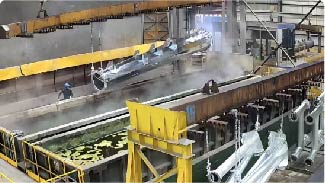
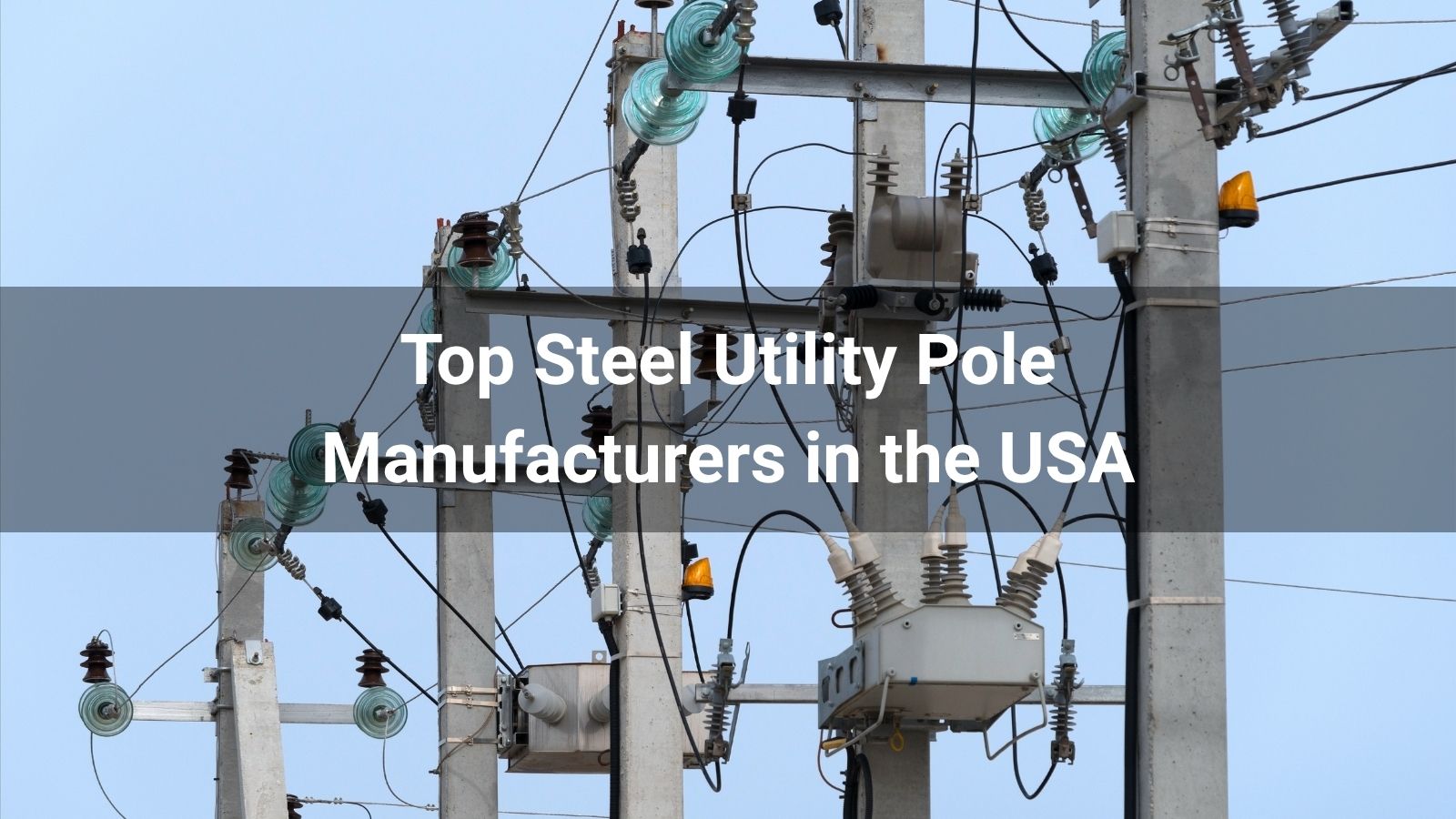

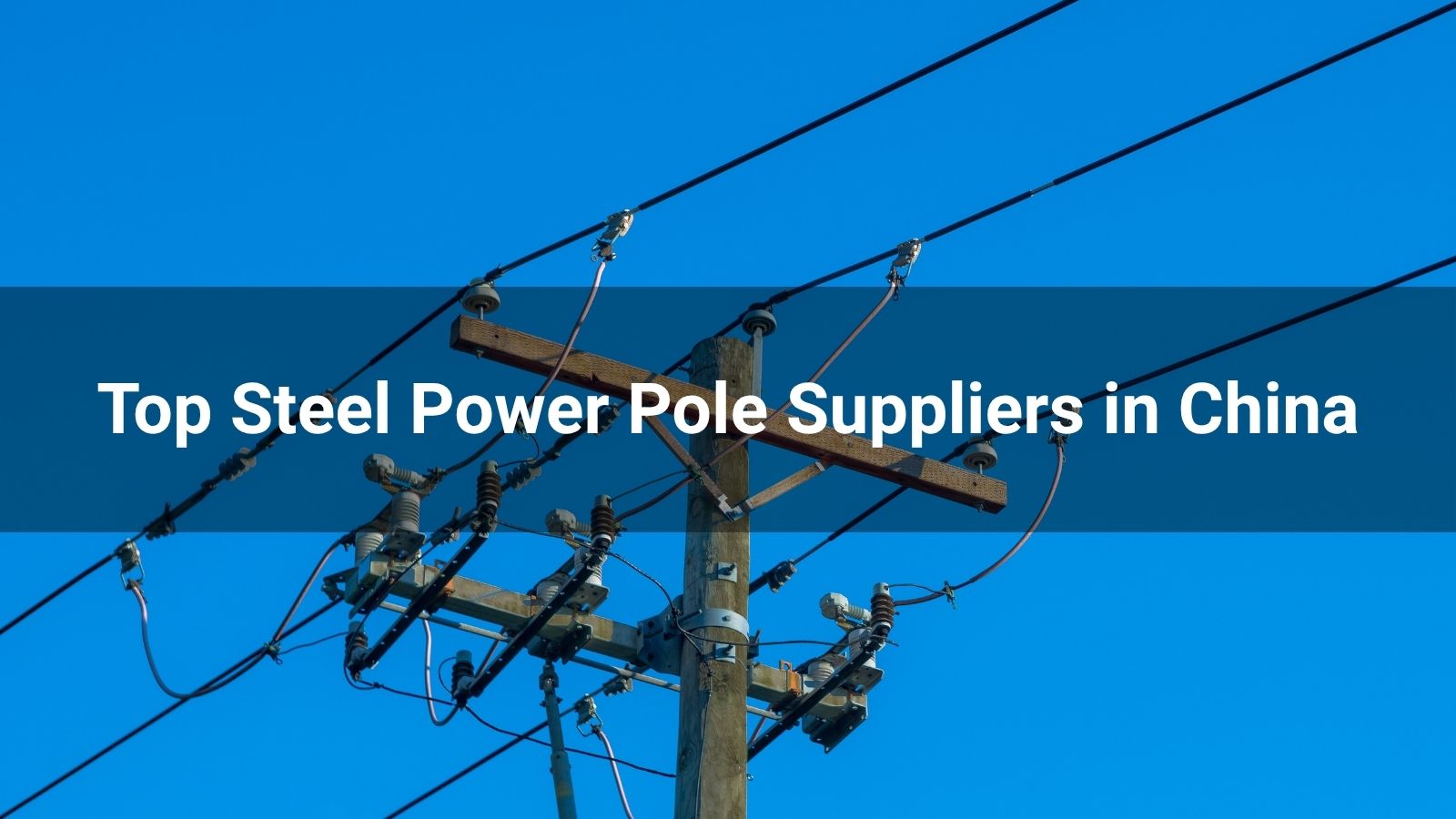

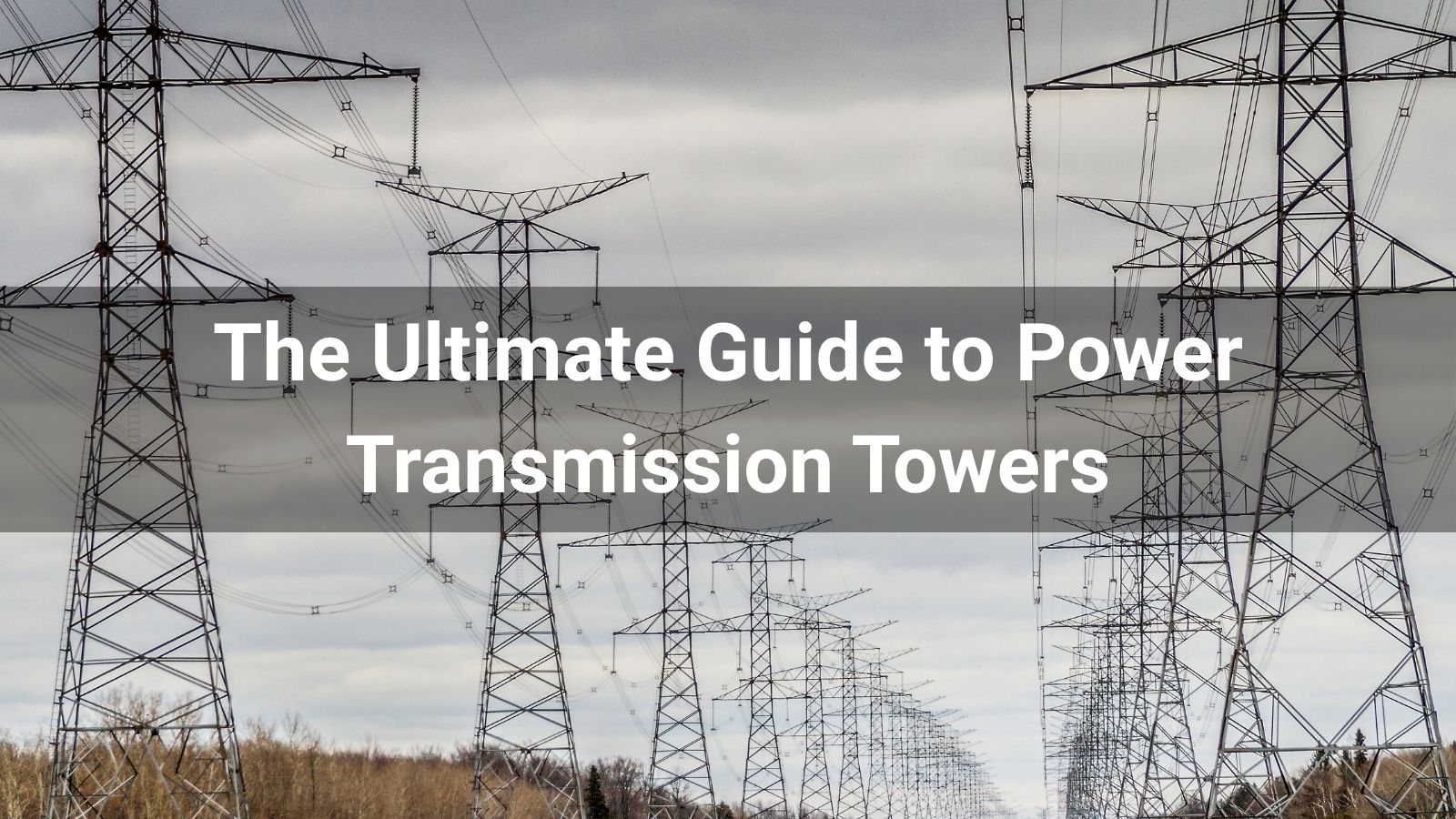
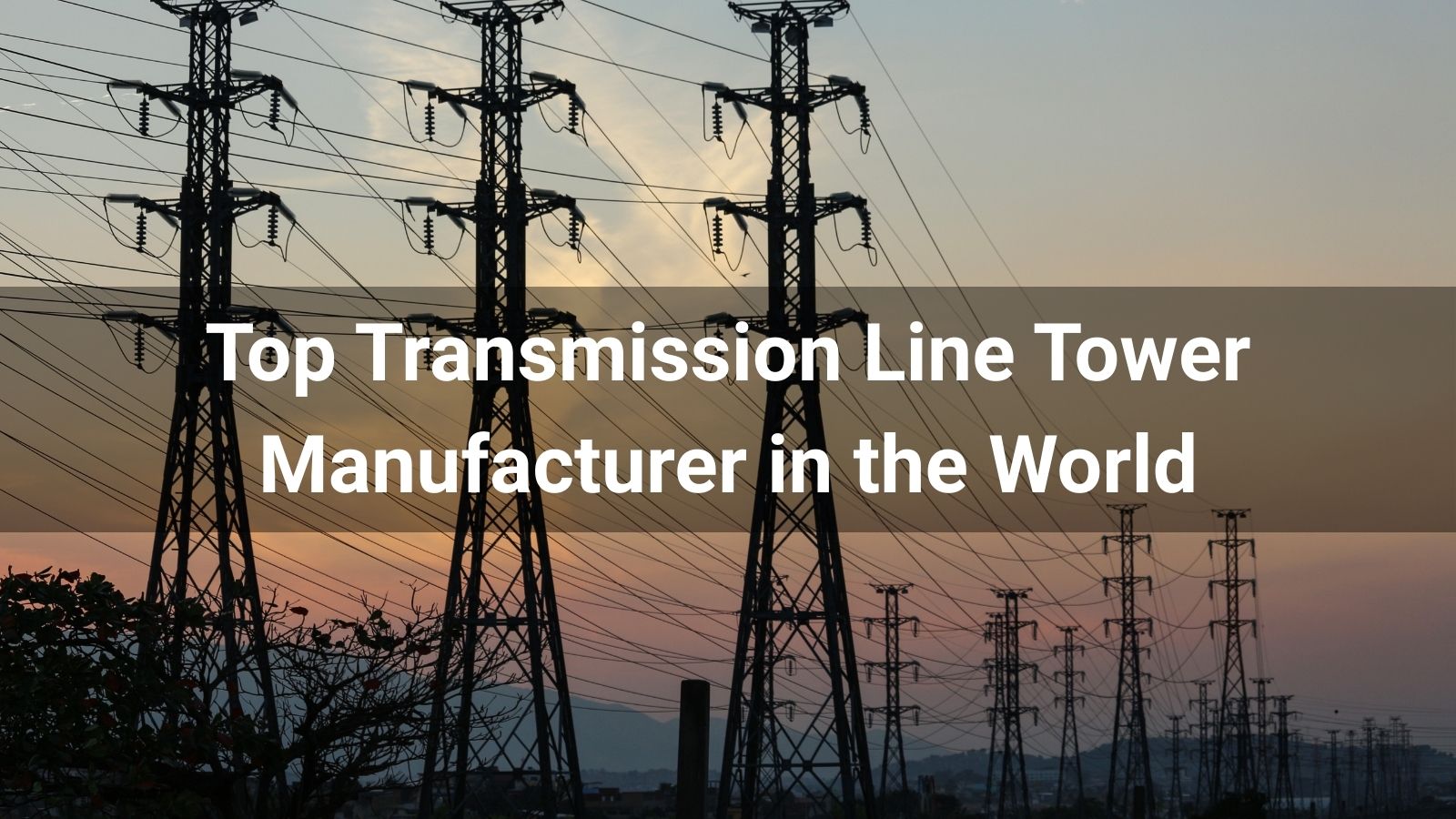



Uncover the leading monopole tower manufacturers in the UAE for 2026. Get insights into their expertise, product offerings, and commitment to quality.
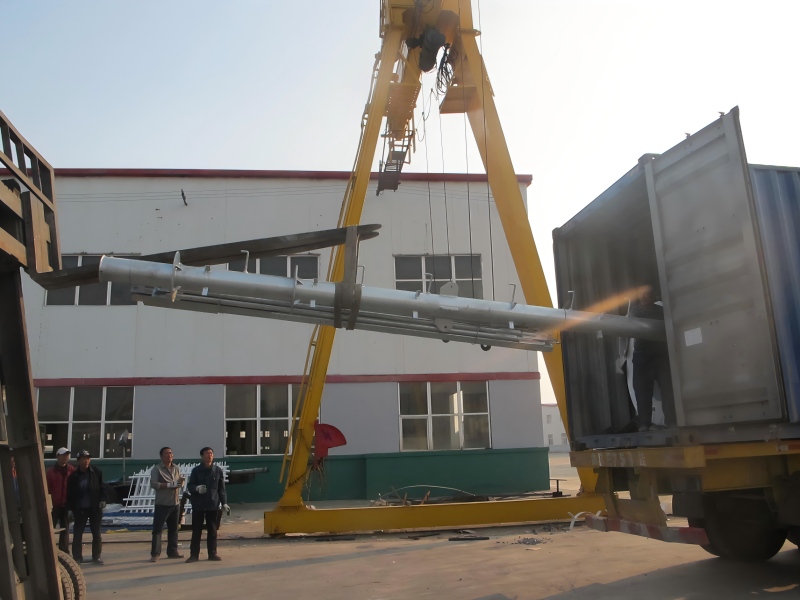

Discover the top monopole tower manufacturers in the USA for 2025. Compare engineering standards, materials, compliance, and find the best supplier for your telecom projects.





